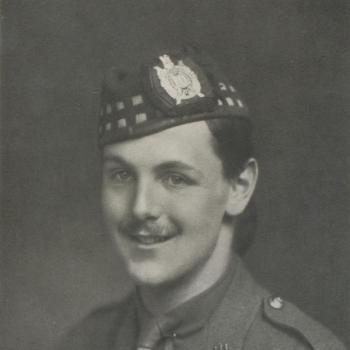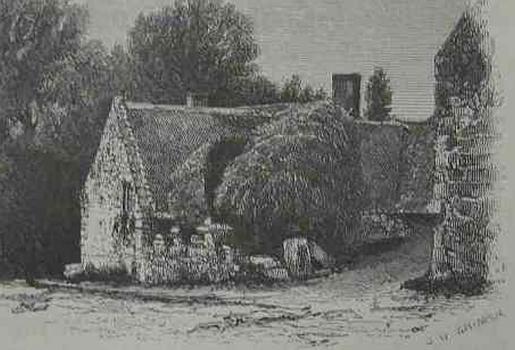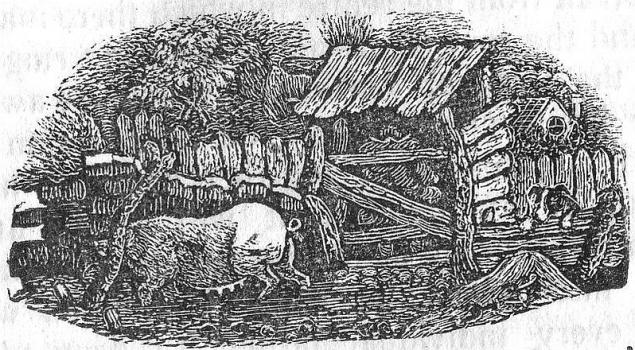At the meeting of the Loyal Guernsey Lodge of Oddfellows, held at Lower St Julian's last evening, the officers wore mourning regalia as a tribute of respect to the late Mr J H Ingrouille, who was one of the founders of this great Friendly Society. The following may be read with interest by local Oddfellows: Mr John Ingrouille was the survivor of half-a-dozen Guernseymen on whom rested the honour of starting the great Friendly Society movement in this island. In the upper room of the café in the States Arcade, then a hotel kept by Bro. Rougier, was formed by the six, the Loyal Guernsey Lodge…
From the Star. The Library has in its collection a biography of Captain Herries, A young Borderer: a memoir of Alexander Dobrée Young-Herries, Captain, The King's Own Scottish Borderers, by David Frew, published in 1928.
Once one of the very favourite places to visit on a Sunday and eat pancakes, and subject of a poem in Guernsey French by George Métivier. The illustration, entitled 'Stacks of seaweed at Alexander's Hotel' is from R. Ellis' Rambles among the Channel Islands, by a Naturalist, 1854.
C. Hettier, Les Relations de la Normandie et de la Bretagne avec les Iles de la Manche pendant l'émigration, 1885.
The undermentioned subscribers have been connected to the Telephone system for week ending August 10, 1911: 2440 Ewens C., Le Chalet, St Martin's. 680 Incorporated Chamber of Commerce and Shipping Limited, High Street 824 Wright & Co., 3 Commercial Arcade ( The Star ) The under mentioned subscribers have been connected to the telephone system for week ending June 9, 1910: 643 De La Mare, E, No. 12, Commercial Arcade 599 Loveridge's Drapery Stores, 44 High Street 1306 Poat, W & F, Les Nicolles Vineries, Baubigny ( The Star ) In her 107th year Mrs Neve became a subscriber…
From The Star of March 18th, 1911. Carpenters.
From Henry Tourtel of St Martin's Commonplace Book, 1817-1831, in the Library.
From W T Money's diary of his visit to Guernsey in 1798, edited by Edith Carey, and reproduced in the Report and Transactions of the Societe Guernesiaise (1931). Not much has changed, not even the views from the Library that Money so much appreciated.
From the Star, May 11, 1837.
From an editorial in the Star of December 12, 1836. The woodcut of a 'frisky' Guernsey pig is from Dr Thomas Bellamy's Pictorial Directory of 1843, in the Library collection. The writer comments on the credulity of those in the country parishes, who continue to venerate such impostors and quacks as Louis D'Orléan, about to face trial for imposition, and in doing so gives us details of the case of Nicolas Roussel which, although having occurred in 1807, 'is not yet forgotten, and just a few particulars respecting it will not, just now, be unacceptable'.
An appeal to the Royal Court. From the Comet, February 16, 1837.
'I have cured persons whom the Doctors had given up; if I am guilty it is of that.' The King versus D'Orléan, the conclusion of a protracted case which opened in the Royal Court, Saturday, December 10th, 1836. Much of the evidence was heard in camera. D'Orléan was practising as a veterinary surgeon. The folk of the country parishes—Judith Lainé, the Bichards, Rihoys, Reniers, Mahys, Galliennes and Ogiers, in this case—are as usual regarded as ill-educated and credulous by Guernsey's sophisticated urbanites. The details of the case are reported in the Comet of February 6, 1837.



